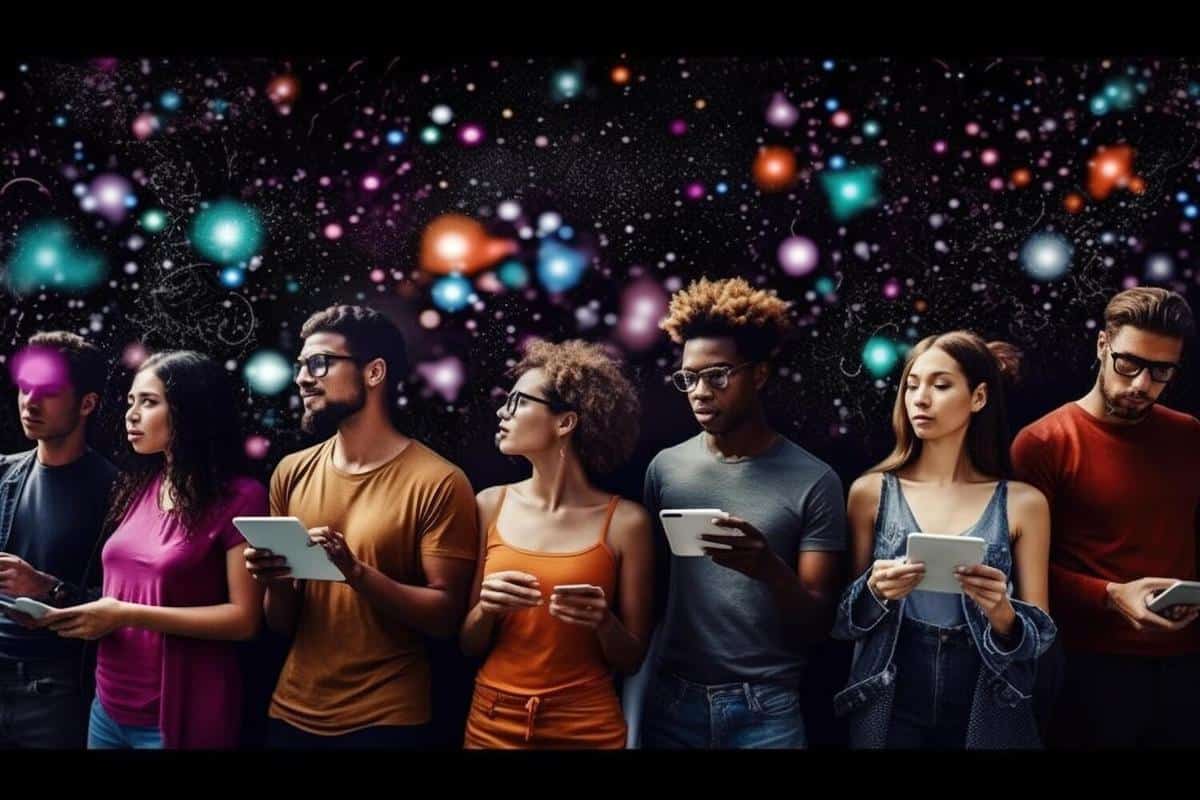
Gender Equality: Achievements and the Path Forward
The journey towards gender equality has been a cornerstone of social progress and human rights advocacy for decades. While significant strides have been made, the path forward remains fraught with challenges that require our collective attention and action.
Understanding Gender Equality
Gender equality refers to the state in which individuals of all genders have equal rights, responsibilities, and opportunities. This concept transcends mere equality in numbers; it encompasses equity in personal, economic, and social realms.
Progress We’ve Made
Over the years, gender equality has seen remarkable achievements. According to a report by the World Economic Forum, over 67% of the global gender gap has been closed. This includes improvements in educational achievements and workforce participation.
“Gender equality is not a women’s issue, it is a human issue. It affects us all.” – Emma Watson
Challenges Ahead
Despite progress, the journey is far from over. Women still face disparities in pay, representation in leadership roles, and access to education in many parts of the world. A report by the United Nations highlights that at the current rate, it could take over 100 years to achieve full gender equality globally.
Real Stories Inspire Change
Consider the story of Maria, a young entrepreneur who faced gender bias when starting her tech company. Determined, she persevered, breaking stereotypes and paving the way for future women in tech.
Actionable Steps for Change
- Encourage open dialogue about gender roles and stereotypes.
- Support policies that promote equal pay and workplace diversity.
- Educate the next generation about the importance of gender equality.
Table: Gender Equality Progress by Region
| Region | Educational Parity | Workforce Participation | Leadership Representation |
|---|---|---|---|
| North America | 95% | 85% | 30% |
| Europe | 97% | 78% | 35% |
| Asia | 90% | 65% | 15% |
| Africa | 80% | 58% | 10% |
| South America | 85% | 70% | 20% |
| Australia | 98% | 82% | 28% |
| Middle East | 75% | 40% | 8% |
| Global Average | 88% | 68% | 21% |
FAQs About Gender Equality
What is gender equality?
Gender equality is the state of equal ease of access to resources and opportunities regardless of gender, including economic participation and decision-making, and valuing different behaviors, aspirations, and needs equally.
Why is gender equality important?
It is crucial for creating a fair and just society where everyone has the same opportunities to succeed and contribute, leading to economic growth and social development.
Conclusion
The pursuit of gender equality is ongoing and essential for a balanced and fair society. By fostering understanding, supporting policy changes, and inspiring future generations, we can ensure that the path forward is bright and equitable for all genders. Let’s continue to champion this cause and work towards a world where everyone has equal opportunities to thrive.


